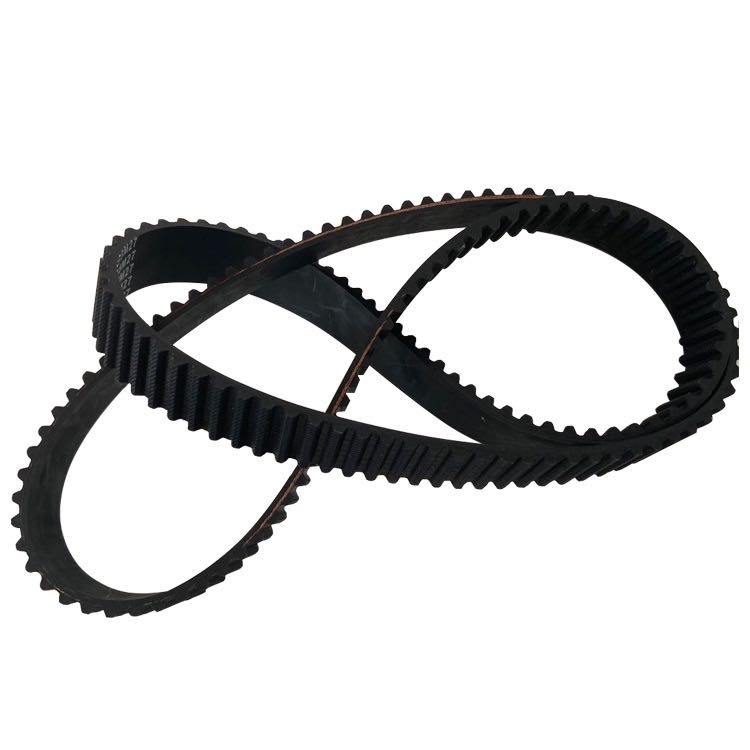- Arabic
- French
- Russian
- Spanish
- Portuguese
- Turkish
- Armenian
- English
- Albanian
- Amharic
- Azerbaijani
- Basque
- Belarusian
- Bengali
- Bosnian
- Bulgarian
- Catalan
- Cebuano
- Corsican
- Croatian
- Czech
- Danish
- Dutch
- Afrikaans
- Esperanto
- Estonian
- Finnish
- Frisian
- Galician
- Georgian
- German
- Greek
- Gujarati
- Haitian Creole
- hausa
- hawaiian
- Hebrew
- Hindi
- Miao
- Hungarian
- Icelandic
- igbo
- Indonesian
- irish
- Italian
- Japanese
- Javanese
- Kannada
- kazakh
- Khmer
- Rwandese
- Korean
- Kurdish
- Kyrgyz
- Lao
- Latin
- Latvian
- Lithuanian
- Luxembourgish
- Macedonian
- Malgashi
- Malay
- Malayalam
- Maltese
- Maori
- Marathi
- Mongolian
- Myanmar
- Nepali
- Norwegian
- Norwegian
- Occitan
- Pashto
- Persian
- Polish
- Punjabi
- Romanian
- Samoan
- Scottish Gaelic
- Serbian
- Sesotho
- Shona
- Sindhi
- Sinhala
- Slovak
- Slovenian
- Somali
- Sundanese
- Swahili
- Swedish
- Tagalog
- Tajik
- Tamil
- Tatar
- Telugu
- Thai
- Turkmen
- Ukrainian
- Urdu
- Uighur
- Uzbek
- Vietnamese
- Welsh
- Bantu
- Yiddish
- Yoruba
- Zulu
Aug . 07, 2024 14:10 Back to list
Exploring the Benefits and Functionality of Timing Belt Machines in Modern Industrial Applications
Understanding Timing Belt Machines A Crucial Component in Modern Mechanisms
Timing belt machines play a pivotal role in various mechanical systems, providing a reliable and efficient means of transferring motion and power between different components. These machines utilize a timing belt, which is a toothed belt that ensures specific synchronization between gears and shafts within engines, machinery, and transport systems. Their applications span numerous industries, including automotive, manufacturing, and robotics, solidifying their importance in today’s technologically driven world.
The Mechanism of Timing Belts
A timing belt is composed of a flexible rubber material that features teeth on its inner surface, allowing for a precise fit with pulleys and gears. The distinct design of the timing belt eliminates slippage, ensuring that the rotation of one component directly influences the rotation of another in a predictable manner. This characteristic is crucial in applications where precise timing is essential, such as in internal combustion engines where the rotation of the camshaft and crankshaft must be perfectly synchronized to ensure optimal performance.
The advantage of timing belt machines lies in their ability to maintain mechanical advantage with minimal maintenance. Unlike chain drives or gear systems that may require frequent lubrication and adjustments, timing belts operate quietly and do not necessitate oils, thus reducing maintenance costs and improving durability.
Applications in Various Industries
In the automotive industry, timing belt machines are fundamental in the functioning of engines. Most modern vehicles rely on timing belts to synchronize the camshaft and crankshaft, which is vital for controlling the timing of the engine's intake and exhaust valves. Any failure in this system can lead to significant engine damage, making reliable timing belts a critical component of vehicle performance and longevity.
In the manufacturing sector, timing belt machines are widely used in conveyor systems, robotics, and automation equipment. Conveyor belts often utilize timing belts for moving products efficiently along assembly lines. The accuracy and reliability of timing belts ensure that products are positioned correctly for processing, minimizing delays and enhancing productivity.
timing belt machine

Robotics also benefits from the precision of timing belt systems. Many robotic arms and automated machinery rely on these belts to execute delicate movements with accuracy. The ability to control speed and position with high precision is essential in applications ranging from assembly lines to medical devices.
Advantages of Timing Belt Machines
The benefits of using timing belt machines are numerous. Firstly, their design allows for higher efficiency and lower energy consumption compared to other mechanical systems. The absence of slippage ensures that energy is transferred effectively, meaning less power is wasted in the process.
Moreover, timing belts are lightweight compared to chains and gears, which helps reduce the overall weight of machinery and vehicles, contributing to better fuel efficiency and easier handling. This low weight also translates into less wear and tear on components, extending the lifespan of the machinery.
Another significant advantage is their quiet operation. Timing belts produce much less noise than chains or gears, leading to a more pleasant working environment, particularly in industrial settings.
Conclusion
In conclusion, timing belt machines are integral to modern mechanical systems, facilitating precise and efficient power transmission across various applications. Their reliability, low maintenance needs, and versatility make them indispensable in sectors including automotive, manufacturing, and robotics. As technology advances, the continual enhancement of timing belt designs is expected to maintain their relevance and importance in future innovations, solidifying their role as a backbone in the arena of motion and power transfer.
-
Durable Tooth Belts: Precision Power for Poly V Belt Drives
NewsAug.08,2025
-
Reliable Diesel Engine Belts & Tensioners for Optimal Performance
NewsAug.07,2025
-
23100-KVB-901 Drive Belt for Honda VARIO | OEM Performance
NewsAug.06,2025
-
Variable Belt Drive AI Optimized for Efficiency
NewsAug.05,2025
-
High-Quality Tensioner Belt Pulley - Durable & Efficient
NewsAug.03,2025
-
Premium Timing Belt Factory | AI-Optimized Solutions
NewsAug.02,2025

